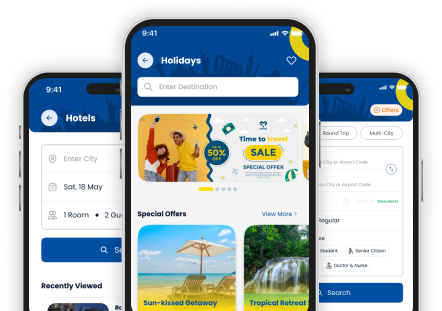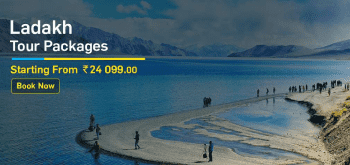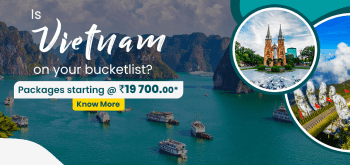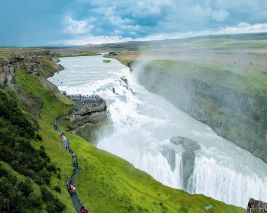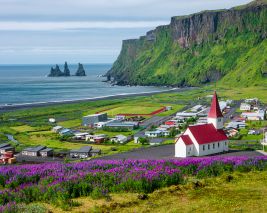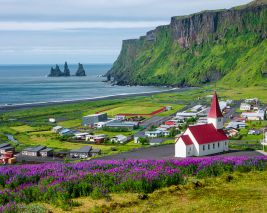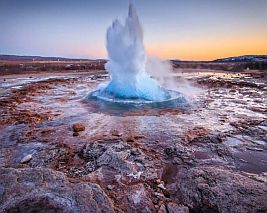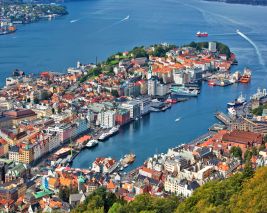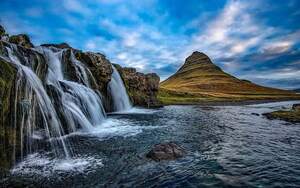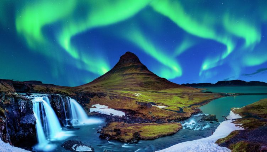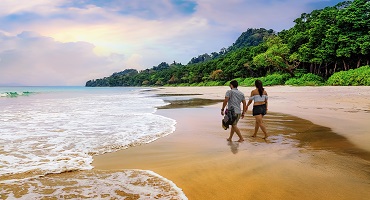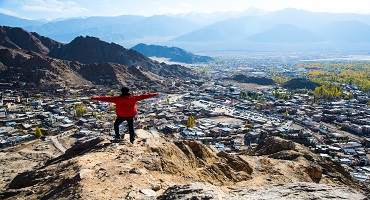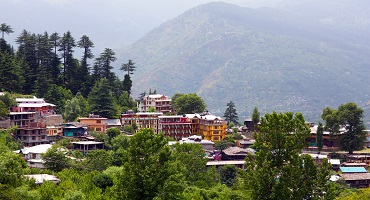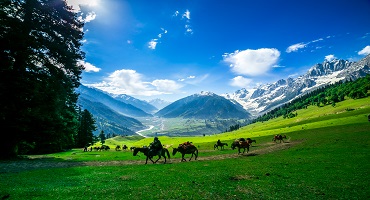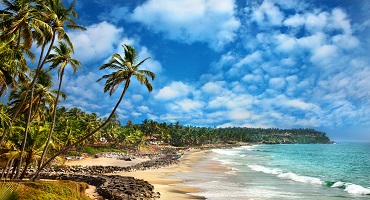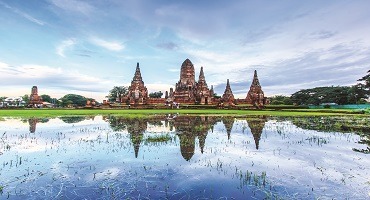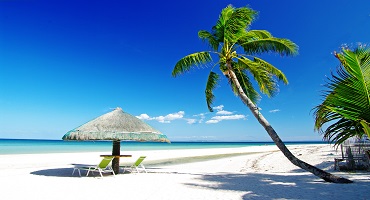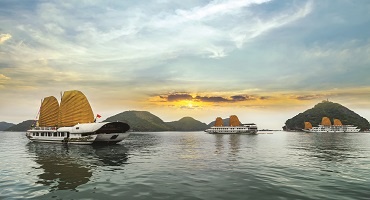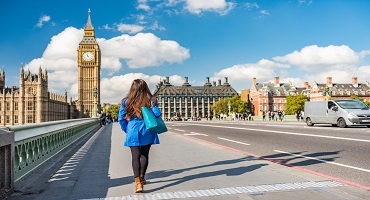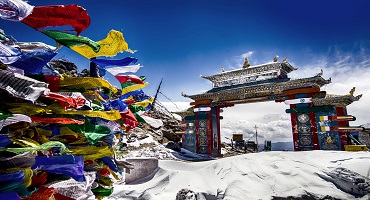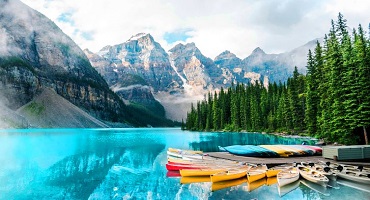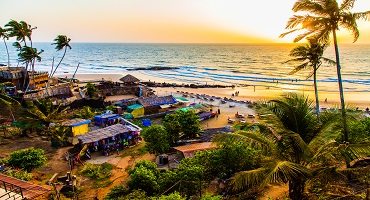Just thinking about Iceland could make you start planning your trip to the stark and beautiful island. Its surreal landscape with glistening glaciers, sizzling volcanos, bubbling lagoons, flickering northern lights, stunning coastlines and picturesque towns is enough to leave even the most seasoned traveller absolutely spellbound. It’s also getting the details of your Iceland trip right is so important, because what you can see or do in Iceland, entirely depends on your time of visit and understanding the country’s peculiar climatic conditions.
The best time to visit Iceland comes down to the kind of experiences you wish to have. And there are plenty to choose from! This guide gives you a season by season information about the places in the country.
Peak Season - As summer picks up, so does Iceland’s tourism. From the start of June until September is when the country welcomes most visitor. The weather is warmest at this pe-riod it is most culturally vibrant, and all roads are accessible.
Shoulder Season - The transitional seasons of spring and autumn see a dip in tourist activity, however there’s still plenty in store for those who visit during the dates, between April to May and September to October.
Low Season - Not many tourists can brave Icelandic winters, during November to April. However, witnessing the stark landscapes in snow as well as the Northern Lights make it a once-in-a-lifetime experience.
| Travel Season |
Min / Max Temperature |
Season |
| Spring |
-1 - 6 °C |
Cold, Windy |
| Summer |
4 - 15 °C |
Daylight, Cool, Pleasant |
| Fall |
3 - 11 °C |
Windy, Cold |
| Winter |
-3 - 3 °C |
Chilly, Windy, Icy, Dark |
Disclaimer — These seasons, temperatures and climatic conditions are estimates and may vary.
Spring in Iceland (April to May):
Temperature - April sees temperatures on the rise, with a transitional spring season. Aver-age highs are about 5°C while the lows can still go below freezing.
Weather - For most people around the world, Iceland’s spring can sound like the coldest of winters. But as the season progresses, the days get longer and bursts of sunlight offer some respite. Rain and snow is also significantly reduced after the winter, making roads better and opening up access to more mountainous regions of the country. Still, one must be prepared for random and drastic weather changes, even in the same day.
Significance - Daylight is beginning to be stretched, bringing with it a burst of new life af-ter the cold of the winter. Being off-season, it’s the ideal time to find budget deals on everything from airfare to accommodation to car rental. While some of the more remote places of the country might remain inaccessible, many top attractions including the famous Blue Lagoon can be enjoyed in a less-crowded environment. Reykjavik Art Festival and Rite of Spring Festival are two renowned music events held in May that kickstart the capital’s festival season.
Things to know before the visit - Iceland’s erratic weather must be accounted for when planning a spring tour. Days can go from bright to cloudy in no time, rainfall often arrives uninvited and nights can get absolutely freezing. Some of the activities you will get to enjoy during this season include visiting natural and cultural heritage, hiking, horse-riding, fishing, photography and of course, dips in the hot-springs.
Tips - Packing right is key to having a smooth journey around Iceland. Travel as light as you can, but carrying proper winter-wear is essential, such as thermals, woollens, parkas, socks and boots. Make your bookings in advance to help budget your trip better.
Summer in Iceland (June to September):
Temperature - It’s no coincidence the hottest season of the year coincides peak tourist season. Temperatures can reach up to 15°C on a warm day, but given that Iceland is very close to the Arctic circle, that could easily drop ten degrees on another day.
Weather - Plenty of daylight, and barely any rain is what makes this weather perfect for outdoors in Iceland. You can explore as much of the country you want.. While it never gets too hot, sudden dips in temperature are still possible.
Significance - Iceland’s summer is far from the hottest, but it does bring with it plenty of daylight — even for all 24 hours on the longest day of the year. But the Midnight Sun is just one of many highlights of Icelandic summers. Optimal sightseeing weather, the best time for whale watching, complete access to the highlands and other remote regions, ideal swimming conditions, to name a few more. And there’s a jam-packed cultural calendar to explore as well, with big events like Sjómannadagur or the Festival of the Sea, Secret Sols-tice Festival, International Viking Festival, Innipúkinn Festival and the Menningarnótt cul-ture-fest taking place across these months.
Things to know before the visit - If you choose to visit Iceland in the summer, be prepared for crowds, expensive flights, packed hotels and sold out tours. Book at least three to four months in advance to beat the rush to the best deals.
Tips - While visiting Iceland, you always have to pack enough warm clothes — even in the summer! Avoid the morning rush at attractions by keeping sightseeing as a post-lunch activity. This is also a great season to plan an itinerary around some of the lesser known destinations of the country, especially the Westfjords, the East and the Highlands which offer pristine natural surroundings, beautiful hiking venues and quaint towns.
Fall in Iceland (September to October):
Temperature - As summer gives way to autumn, the landscapes wear their earthiest tones and the temperatures steadily decline. Prime day time still averages at about 8-10°C, but nights can be as low as 3°C.
Weather - Daylight begins to fade and the air gets crisp and cool, with increasing precipitation as the season progresses. Yet, there are many autumnal weeks that provide the perfect conditions for a host of outdoor activities.
Significance - Fall is one of the shoulder seasons to visit Iceland, which means you can explore the country after most of the summer crowd have left and still get to experience most of the same sights and activities, at least early on. Highlights of the season include renowned events such as the Reykjavík International Literary Fest and International Film Fest in September and the spectacular Iceland Airwaves music fest in October — perfect to immerse yourself in Icelandic culture. For the very lucky few, the elusive northern lights may be visible if you chance upon a darker than usual night sky.
Things to know before the visit - This is best time to plan a budget-trip, with rates drop-ping across the spectrum, from travel to accommodation to activities. There’s also no better time to visit the many public baths, hot springs and geothermal spas as you won’t have to share them with scores of summer holidaymakers.
Tips - Many mountainous and remote regions start to get blocked off as winter approaches, so do take that into account before finalising your itinerary. Pack for the cold and the outdoors, from head to toe.
Winter in Iceland (November to April):
Temperature - Iceland isn’t as cold as other places that sit on the same latitude, but winter temperatures are still freezing for the average person. Daytime can be anything from -1 to 3°C while evenings and nights can see that drop quite a few degrees lower.
Weather - Winter weather will remind you just where you are — Iceland! Daylight is sparse and glows surreally blue, with fog, rain and snow all taking their turns to come out and play. Keep yourself warm and it all becomes manageable.
Significance - If you’re asking yourself why you’d visit Iceland in such weather, one an-swer stands out — the northern lights. The Aurora Borealis, the colourful solar flares that dance in the skies, is one of nature’s miracles and a sight to remember for a lifetime. And it is most likely visible during the long winter nights, from the countryside that lies away from any light pollution giving you the perfect viewing conditions! You can visit several sites in Reykjavík such as the hot springs, glacial trek and enjoy the festive season with sparkling Christmas and New Year Celebrations at the Winter Lights Festival, Food & Fun Festival, Beer Day or the Reykjavíc Folk Festival.
Things to know before the visit - The cold and dark months can be challenging weather-wise but it allows you to have a wallet-friendly yet amazing vacation. The Christmas and New Years are becoming increasingly popular events for tourists to enjoy a bit of local tra-dition which include fireworks displays, bonfires, folklore, singing and more.
Tips - Carry the right clothing and equipment needed for the weather and activities you’ll be doing, especially sturdy hiking boots as the snow and ice can make it quite slippery. If you plan to photograph the Northern Lights, be sure to carry a tripod to steadily film.
With all these details, you can now make the most informed decision on when to visit Icel-and. And once you do, you’re just a click away from booking yourself on one of Thomas Cook’s magical tours of the country.
